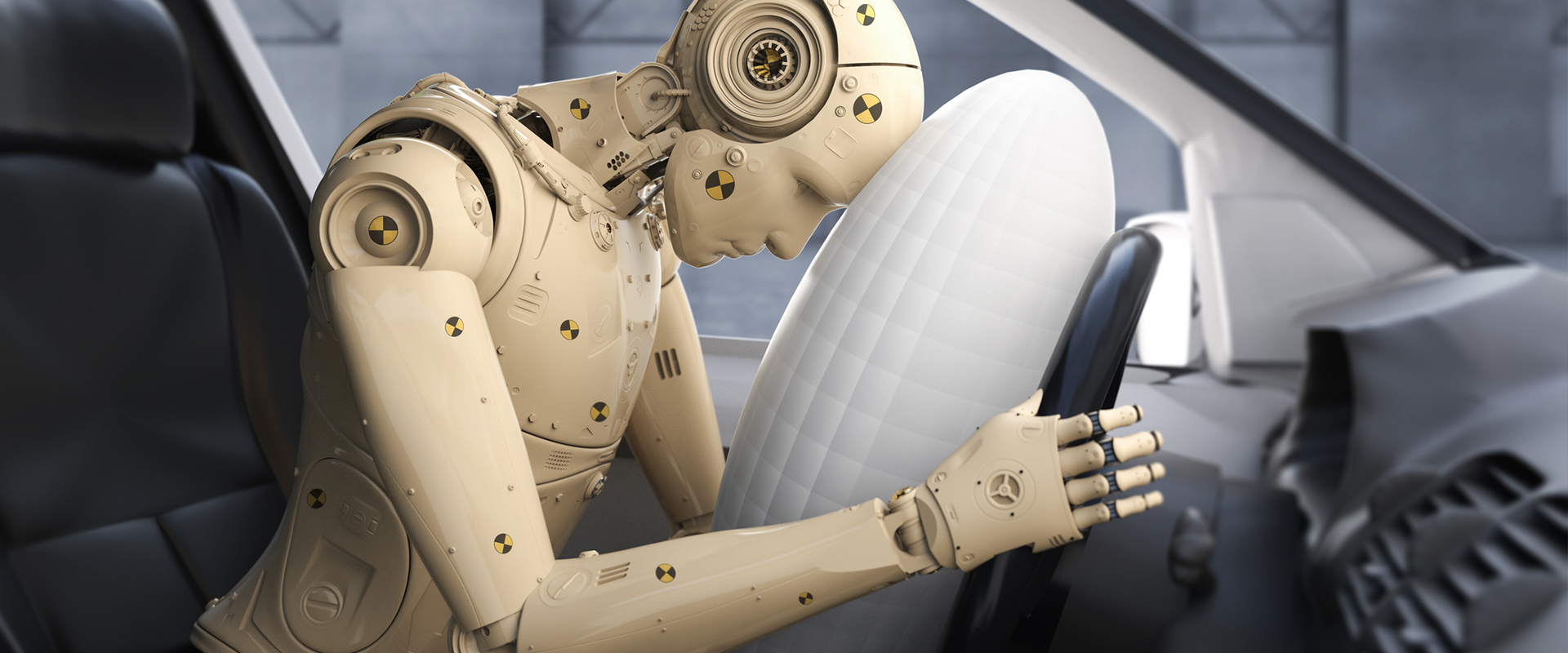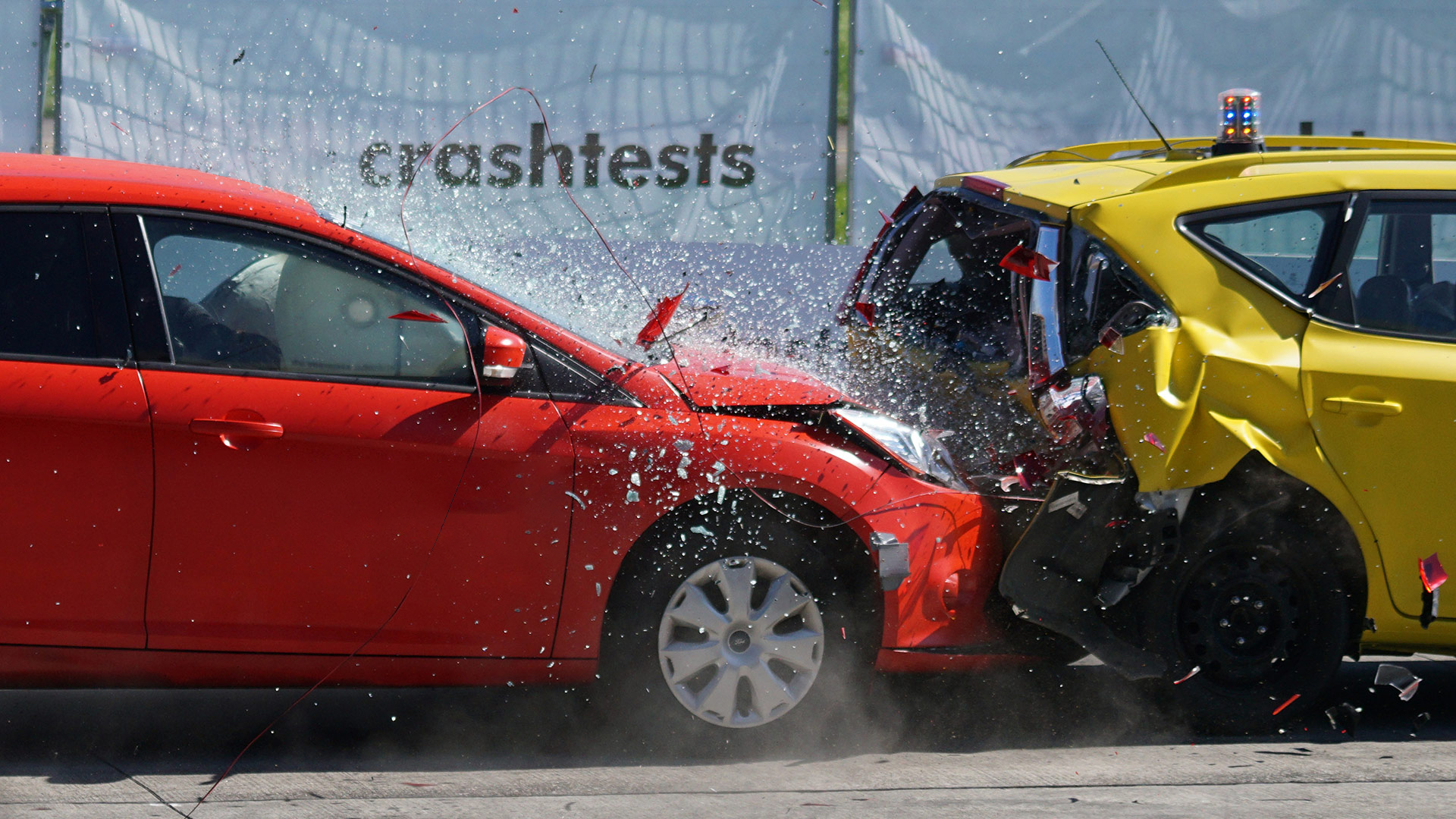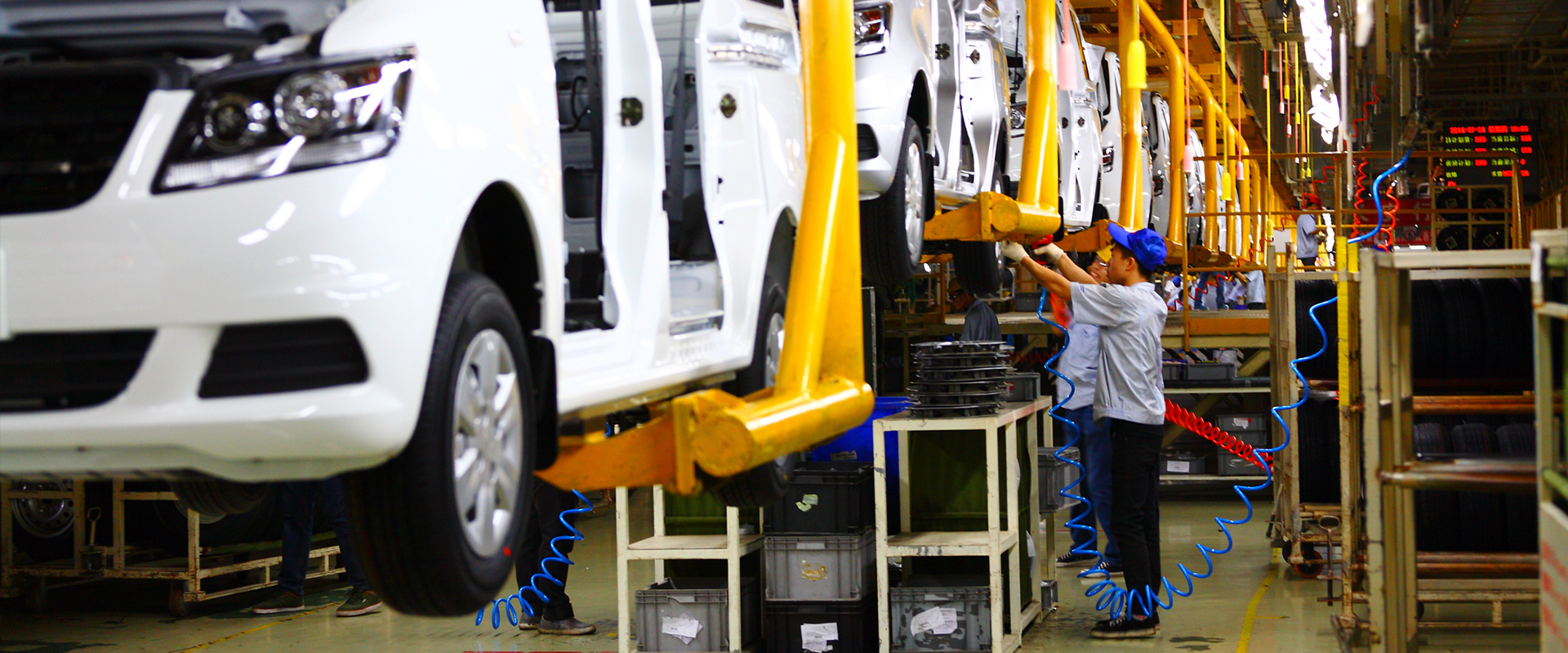“People don’t take trips – trips take people.”
― John Steinbeck, Travels with Charley
The modern automobile is an index of human ingenuity. From bumper to bumper, these deftly designed machines of glass, metal, and rubber are the end result of the correction of a million mistakes; each an evolving cross-section of inspired progress and imaginative engineering. Take any vehicle you may see on today’s roads – every one is a combination of pieces, parts, features and systems, both passive and active, which have been tested, the subject of research, cost benefit analysis, planning, legislation, and meticulous scrutiny.
Through the modern car, we might see how technological innovation, driven by vision and necessity, accelerates forward at a pace that outstrips our ability to adapt. As is often the case, human technological advancement pushes forward, while our cultures, for better or worse, remain less malleable. Whether it is Culture with a capital ‘C’, or simply a shared sense of values in an enterprise, despite our best and most rational intentions, we are stubbornly resistant to change.

This same narrative becomes wholly legible when we survey a vehicle’s safety systems. We take for granted many features that are now standard and absolutely inextricable from our definition of automobiles. Yet, even rudimentary safety features like airbags, antilock brakes, and laminated glass windshields took decades to become codified into law, not to mention becoming ingrained in our common ideas of accepted safety.
Buckled In
Even the seat belt, one of the most pervasive safety devices in modern history, faced a contentious battle for acceptance. In the United States, life-saving lap and shoulder safety belts have been required by the National Highway Traffic Safety Administration (NHTSA) in all new motor-vehicles since 1968, but until enacted narratives of safety entered the public consciousness, only 14% of drivers used them. Some fervent opponents cut them out of their vehicles, seeing both seatbelt standardization and legal requirements as a violation of personal freedoms. In fact, extensive research regarding the life-saving efficacy of seat belts has circulated since the 1940s. By 1959, Sweden’s Volvo had patented the three-point seat belt design and allowed other manufacturers to use it for free in the interest of saving lives. Nonetheless, drivers still remained skeptical of these restraints.

For drivers in the United States, official state mandates did not come into effect nationally until the early 1990s, after goalposts for regulation and requirements underwent decades of revision under various administrations passing the buck. Registration in the US was unpopular with auto manufacturers and law makers weary of upsetting reactionary constituents. The charge for cultural change was led instead by insurance companies and consumer protection activists who put pressure on the Ford and then Reagan administrations, eventually taking this contentious issue to the Supreme Court where a unanimous ruling was delivered in favor of mandatory seat belts. The Court could not in good conscience deny the efficacy of them.

Necessity, the Mother of Invention
Innovative solutions are born out of necessity. In contrast, it seems culture molds itself around leadership and narratives. At its best, leadership is able to codify, and stay abreast with, innovative mobility technologies aimed at saving lives. Concurrently, narratives must emerge to solidify these systems in our collective cultures of safety. The idea of driving an automobile without safety features like three-point seat belts or airbags seems almost barbaric, but it’s easy to forget this was not always the case. Today, driving culture stands before a new proposition, one that offers integration between driver, vehicle, and AI.

The challenge of our moment lies in overcoming distracted driving, an unfortunately common cause of auto collisions exacerbated by the proliferation of smart phones. According to the CDC in 2018 an estimated 400,000 people were injured in collisions involving distracted drivers. Though governments and authorities have ratified laws banning texting while driving, distracted driving remains a serious public health concern. To address this, developments in ADAS (Advanced Driver Assist Systems) and DSS (Driver Safety Systems) are finding their way into cars today, whether that’s directly off the assembly line, or future-proofed with sophisticated after-market devices.
With advanced AI algorithms and vision sensors these systems are able to recognize unsafe practices like distracted driving, cellphone use, fatigued driving, or tailgating, and alert drivers in real-time so that dangerous behavior may be rectified. Systems like this do more than just correct behavior; they help reinforce safe driving.
Road Maps to the Future
While this new leading-edge tech promises to make our roads safer, the idea of monitoring systems watching our every move may make drivers bristle at in-vehicle systems using AI. Anxiety forms around the misconception that these tools are invasive, not unlike attitudes once held about seat belts. In spite of these doubts, various authorities are charting the path forward with new directions in advanced driver assistance and monitoring.
In many sectors, China is a Petri dish for innovation and rapid development. A course for ADAS, DSS, as well as AV (Autonomous Vehicles) has been laid down by the government, with an ambitious framework set to progressively implement these systems in the next decade. Authorities have begun easing restrictions for road mapping data-collection to better serve development of AV technology. Regulation aside, China has also seen a dramatic rise in the number of ADAS and DSS systems installed in new passenger cars, with a 174% surge in 2019.

The EU has also set aspiring regulations on safety standards that frame advanced safety features as an innovative technology able to reduce the number of accidents on the road, paving the way towards more connected and automated vehicles while boosting the competitive edge of the European car industry. Projections aim to reduce the number of human error fatalities and injuries by 90%.
With major global players taking proactive steps to incorporate these new technological innovations in vehicle safety, it is only a matter of time before these systems become as widespread as intermittent windshield wipers. What one might glean from these new approaches is that many leaders are reframing these AI features as enhancements to driver autonomy. These features offer drivers real-time objective coaching and corrective instruction; active safety taken to the next level.
Getting Ahead of the Curve
While these developments on the global stage spell a variety of possibilities for the cars of the future and their manufacturers, VIA takes an approach that differs to many other mobility players by focusing on building AI systems for vehicles on the road today, allowing vertical players a chance to future proof existing fleets with the latest technology tailored to their needs. The beauty of AI and the cloud is that these elements can be optimized for highly specific use cases that include addressing micro driver behavior issues as well as macro cultural integration.
The VIA Mobile360 D700 AI Dash Cam is one such device from the VIA Intelliegent Automotive Solutions family that allows drivers to implement these soon-to-be ubiquitous tools today. Its AI systems, like DSS and ADAS, equate to an extra set of eyes on the road, an added sense of security for vehicle operator, while fleet managers are given deeper insight to their drivers and vehicles, accessing a score of datasets generated by the compact device. With this degree of data collection, a new horizon emerges, where network cloud integration and in-vehicle sensors set a new standard for business optimization. The D700 offers robust processing power, rich visual intelligence and smart detection features with rapid LTE connectivity to drivers on the road today.
Advancements in vehicle safety rarely follow a direct route, as attitudes and perceptions struggle to keep up with the pace at which they develop. While global leaders prepare to reset the tone of the discourse surrounding these advancements in mobility and safety, companies like VIA are offering an entry for fleet managers and drivers to keep up with the frontier of safety features to come.
Learn more about the VIA Mobile360 D700 AI Dash Cam here.
For details of the full range of VIA Intelligent Automotive Solutions, please click here.
